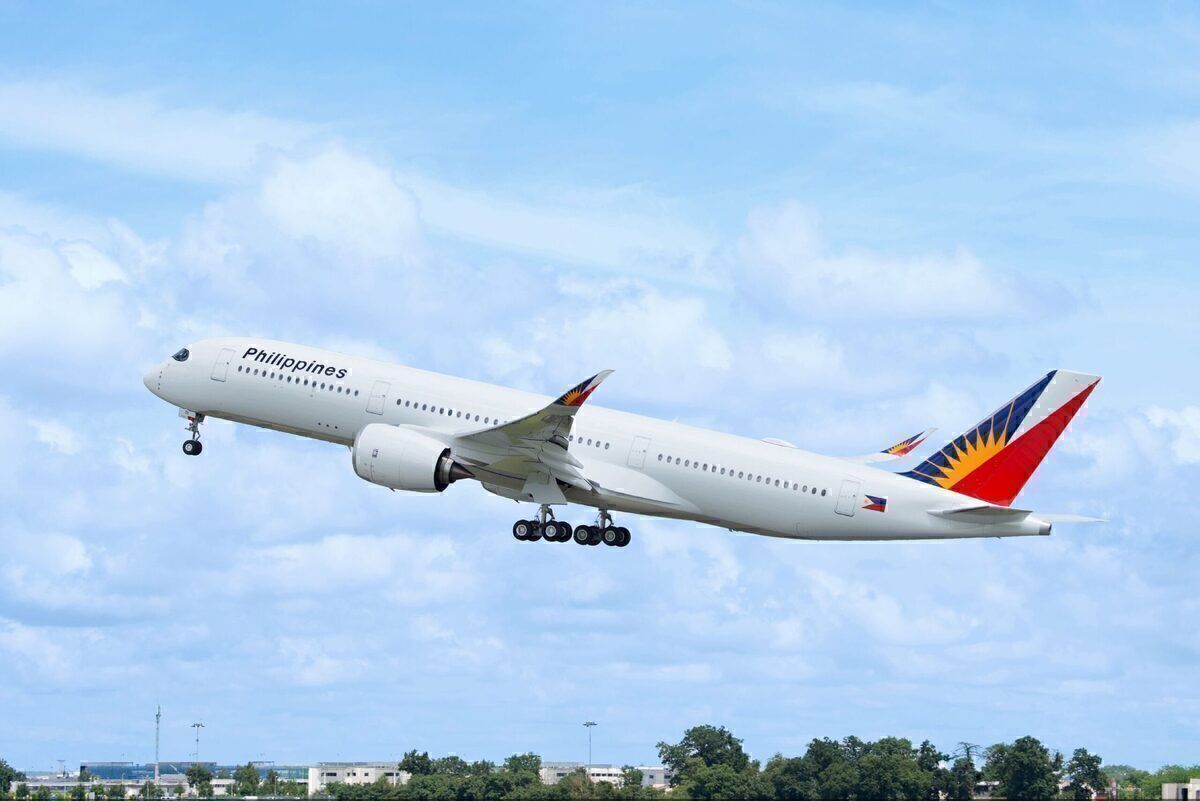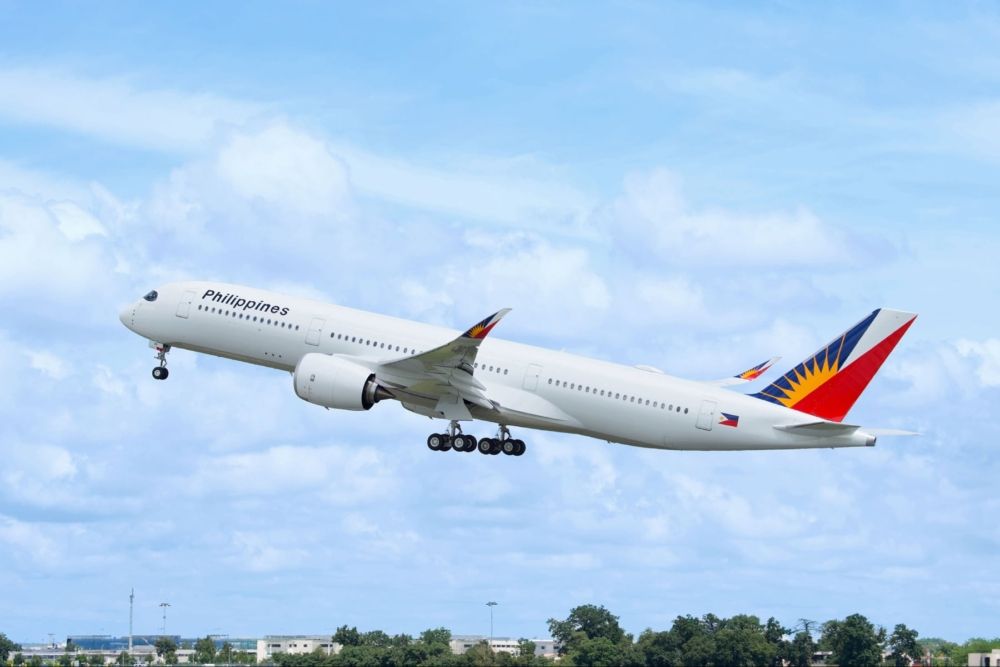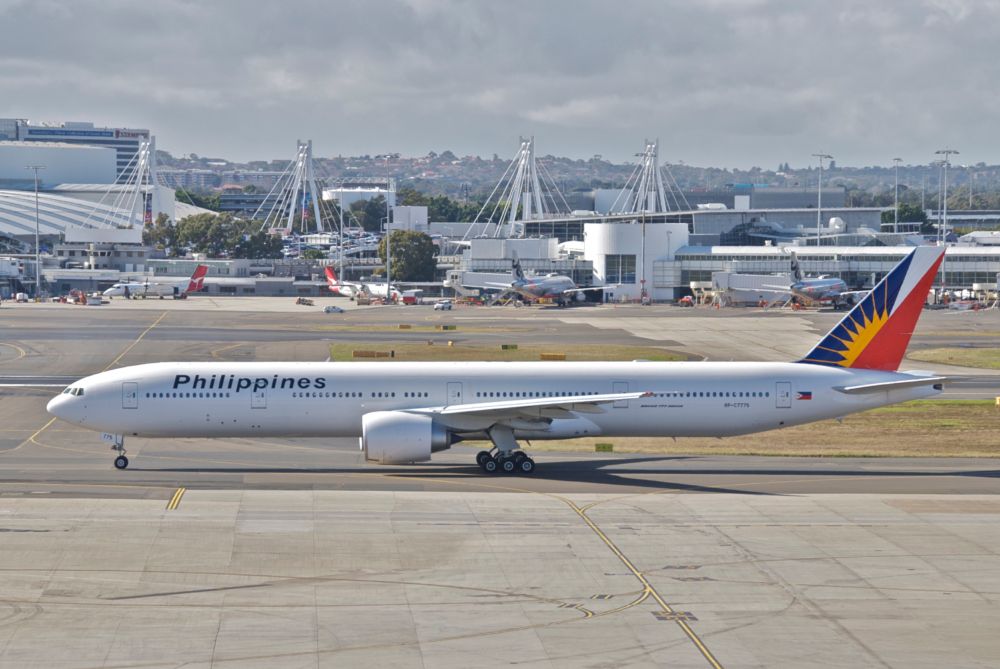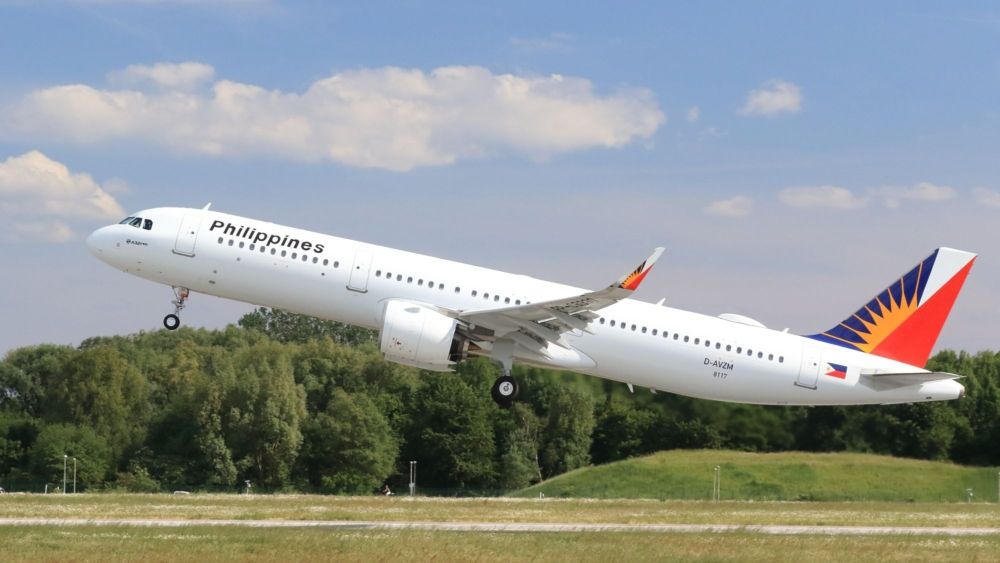Like many airlines, Philippine Airlines has suffered huge losses amidst the slowdown and restrictions in 2020 and 2021. As part of its aggressive restructuring efforts, it has now released further details of its fleet plans. It will emerge as a smaller airline, with 22 aircraft removed from the fleet and further narrowbody deliveries delayed.
Dropping a quarter of the fleet
In a news conference on September 6th, Philippine Airlines President Gilbert Santa Maria confirmed further details of its planned fleet reduction. This was already expected after it filed for bankruptcy protection, but the exact details were not clear.
The airline will reduce its fleet by 22 aircraft, from 92 to 70 (including aircraft with its subsidiary PAL Express). These are all leased aircraft that will return to lessors.
It is not yet clear which aircraft types will be retired, but it will likely include some of the widebody 777 and A350 aircraft. The airline currently has 10 777-300ER aircraft, six of which are leased. It operates four A350-900 aircraft, all leased. In May 2021, the airline was already in discussions with leasing companies to return a minimum of two A350s and up to four 777s.
Canceling upcoming orders with Airbus
The airline also has 13 A321neos on order with Airbus (out of an original order for 24 aircraft). Following negotiations with Airbus, these deliveries will be delayed, and the airline will have the option to cancel some deliveries beyond 2026. We do not yet know how many, if any, will end up being canceled.
Nilo Thaddeus Rodriguez, the airline's chief financial officer, further explained:
"We were able to get the support of Airbus to basically postpone those deliveries and give us an option to cancel some of those aircraft beyond 2026 to 2030 ... depending on how this recovery shapes up."
Filing for bankruptcy in the United States
The fleet changes come as part of airline restructuring since it filed for Chapter 11 bankruptcy in the US. The wide picture of this will see $2 billion in balance sheet reductions. Its major shareholder will also inject $505 million in long-term financing, and a further $150 million of new debt will come from new investors.
When announcing the cuts, Santa Maria also expressed the expectation that the airline will finish the Chapter 11 restructuring process by the end of the year. But he does not expect revenues to return to pre-pandemic levels until after 2025.
Hopefully, the slimmer fleet will help it cope better with this reduced demand. Santa Maria does not expect any further major changes to the way the airline operates, however. He explained:
"We are a traditional carrier. We are going reinforce our core business, improve our brand, improve our marketing and recover that way."
Do you think the reduced fleet and additional financing will be enough to get Philippine Airlines through the coming years of expected lower revenue? How will it fare against the regional competition? Feel free to discuss this further in the comments.




